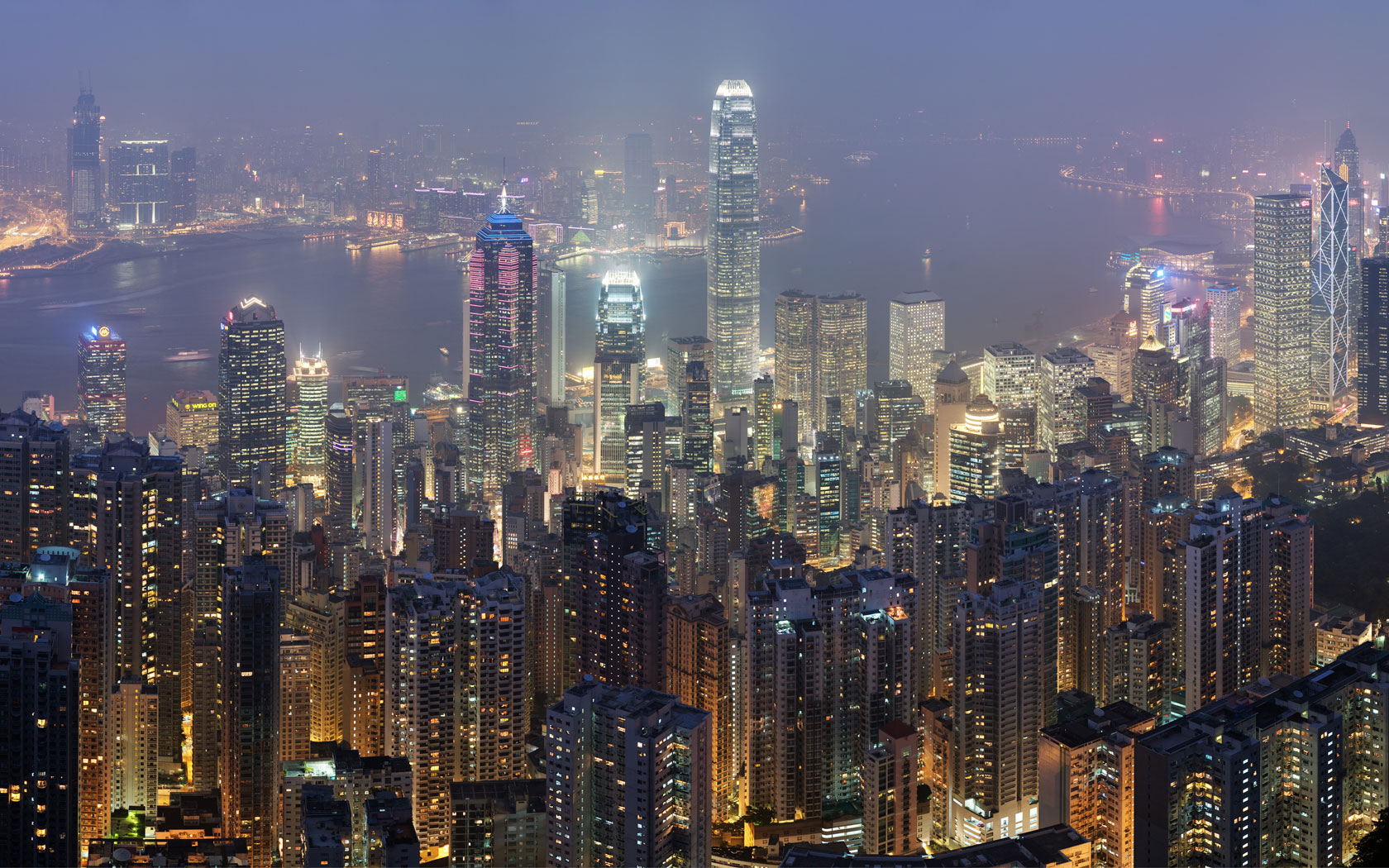India’s next government is likely to be a coalition of mercenaries
THE HOTLY contested general election has made the face of Narendra Modi, the prime minister, hard to escape in most of India, beaming from walls, lamp posts, pillars and shop windows. Yet his image is nowhere to be seen in Hyderabad, the country’s fourth-biggest city. Its dusty bazaars and gleaming industrial parks could be in another country.
True, campaigning has already ended in Telangana, the state of which Hyderabad is the capital. Its voters went to the polls on April 11th, in the first of seven stages of an election that will not wrap up until May 23rd, when all the country’s 900m or so votes will be tallied at once. But Mr Modi is absent mainly because in this part of India his Bharatiya Janata Party (BJP) hardly matters. In Telangana, as in many southern and eastern states, local parties dominate.
Most pundits predict that the prime minister, boosted by a surge of nationalism after briefly bombing Pakistan, will do well nationwide. Yet few think he can repeat the success of 2014, when the BJP won an outright majority in the 545-seat Lok Sabha, the lower house of parliament. After the previous seven elections, coalitions were needed to build a majority (see chart).























